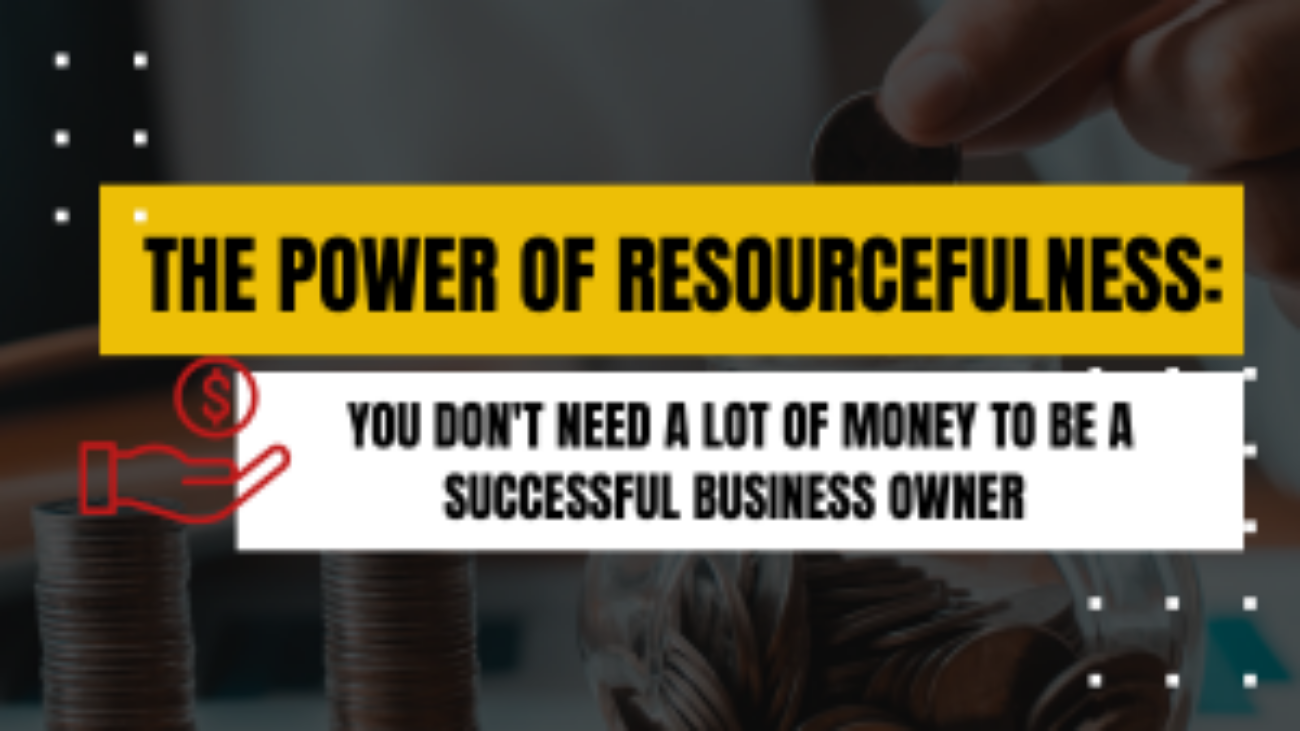In business and life, opportunities often knock on our doors, presenting themselves as potential pathways to success and growth. However, not every opportunity that comes our way is meant for us. Recognizing when an opportunity is not aligned with our goals, values, or circumstances is a skill that can save us time, energy, and even disappointment. Here’s how to determine if an opportunity might not be the right fit for you:
1. Does It Align with Your Goals and Vision?
Before jumping into any opportunity, assess whether it aligns with your long-term goals and vision. Ask yourself if pursuing this opportunity will bring you closer to your aspirations or lead you down a detour. If it doesn’t resonate with your overarching objectives, it might be better to pass.
2. Does It Align with Your Values?
Your values are your guiding principles. If an opportunity contradicts your core values, it’s a clear sign that it’s not for you. Make sure the opportunity upholds your principles and doesn’t compromise your integrity.
3. Does It Overstretch Your Resources?
An opportunity that requires more resources – be it time, money, or energy – than you can comfortably afford might not be the right fit. Stretching yourself too thin can lead to burnout and hinder your ability to excel in other areas.
4. Does It Match Your Expertise?
Consider whether the opportunity plays to your strengths and expertise. Pursuing something outside your wheelhouse might lead to frustration and subpar results. Focus on areas where you can bring your best skills to the table.
5. Does It Feel Forced?
If an opportunity feels like it’s being pushed onto you or if you’re pursuing it out of pressure or fear of missing out, it might not be the best choice. Authentic opportunities should resonate with your genuine interests and aspirations.
6. Is It a Distraction?
Some opportunities can be enticing distractions that divert your focus from your main goals. Evaluate whether pursuing this opportunity might take you away from more important endeavors.
7. Does It Bring Joy and Passion?
Passion fuels excellence. If the opportunity doesn’t ignite your passion or excitement, it might not be worth your time. Meaningful opportunities should resonate with your interests and bring a sense of fulfillment.
8. Does It Fit Your Current Circumstances?
Consider your current commitments and responsibilities. If an opportunity clashes with your existing commitments or doesn’t align with your current life stage, it might be wise to let it pass.
9. Trust Your Gut Instinct
Sometimes, your intuition knows best. If you have a nagging feeling that something isn’t right about the opportunity, take a step back and evaluate it further.
Conclusion: A Path to Better Choices
Recognizing when an opportunity is not for you requires self-awareness, clarity, and a willingness to prioritize your well-being and long-term goals. Not every opportunity is meant for you, and that’s okay. Assess each opportunity critically to make sure that you stay on the path to long-term fulfillment.
Join Me on the Journey
If you’re as passionate about thriving in entrepreneurship as I am, I invite you to follow me on social media or reach out to schedule a call!










